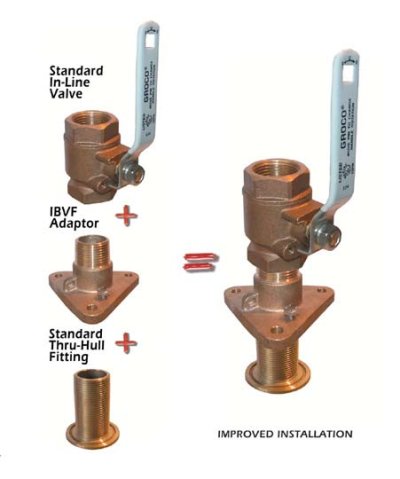skipperdude
Guru
So It is common Knowledge or not so common knowledge that a through hull fitting is straight thread as is a proper Seacock. Ball valves from the local home hard ware store are NPT or tapered.
The two don't work together.
Who has A ball Valve on a through hull in there boat?
I am working on my SAMS marine survey certification.
You would be surprised at how often I find this issue.
SD
The two don't work together.
Who has A ball Valve on a through hull in there boat?
I am working on my SAMS marine survey certification.
You would be surprised at how often I find this issue.
SD





